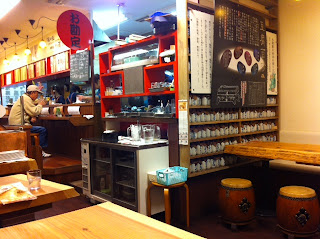There are only a few days left of this year. How have you spent 2011?
In March, Japan Japan
Your visits to Japan Japan
We have also had a similar experience, in the form of the Hanshin-Awaji Earthquake in 1995. We feel a deep sympathy for the people of Tohoku and will continue with our support for rebuilding the damaged areas.
We are praying for a speedy and complete recovery for Tohoku.
Well, we have written several series with various themes like gourmet, art, outdoor activities etc in our blog throughout this year. Did you enjoy our blog?
We will continue to report on Japanese culture and sightseeing information in Hyogo so make sure to check back in 2012!
We do hope you will let us know if you have any topics that you would like to read about. Please send your email to:
http://www.hyogo-tourism.jp/opinion/
We wish you a Happy New Year!
Don't miss our next issue!















































